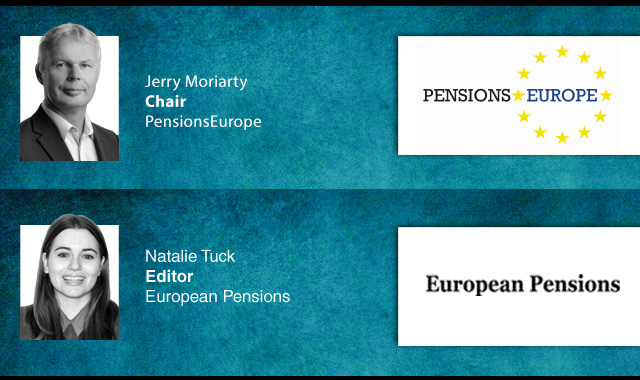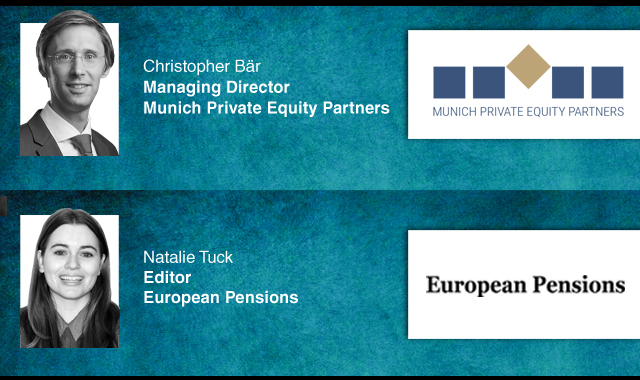As Romania prepares to launch the long-awaited payout phase of its private pension system, Romanian Pension Funds Association (APAPR) adviser, Mihai Bobocea, explains how it has ignited a nationwide debate
Romanian private pension funds have seen assets under management triple to €36 billion over the past six and a half years and are projected to triple again in the next eight to 10 years. At this pivotal juncture – the rollout of the long-anticipated payout-phase framework – public opinion is sharply divided between the technically sound phased withdrawals and annuities model and the more immediately attractive lump-sum payout provisionally applied so far.
The dilemma is not merely technical; it reflects deeper societal traits favouring short-term consumption over longer-term prudence, set against a backdrop of persistently low trust in public authorities and financial institutions.
The forthcoming payout phase – in which accumulated account balances will be disbursed at scale as either programmed withdrawals or annuities, with an upfront lump-sum option of 25 per cent – represents a significant operational challenge and an opportunity to consolidate the gains of the private pension funds.
Since their 2007–08 launch with modest contributions and a small participant base, the mandatory 2nd pillar and voluntary 3rd pillar private pensions have grown rapidly. Mandatory participation has been instrumental in this growth, mitigating the behavioural biases and inertia that often undermine individual long-term savings decisions. The result has been the accumulation of significant national savings, producing tangible macroeconomic benefits.
One of the most visible spillover effects has been in the capital markets. The steady, predictable inflow of contributions has provided a stable domestic investor base for Romanian equities and fixed-income instruments, improving liquidity, deepening available instruments, and contributing to the gradual maturation of the Bucharest Stock Exchange.
The presence of long-term institutional investors has encouraged better corporate governance, fostering transparency and accountability among listed companies. In fixed income, fund demand has supported sovereign debt issuance and catalysed corporate bond market development. From plan members, investment returns have been remarkable: 2nd Pillar funds have posted annual average returns of 7.8 per cent since inception, against 4.4 per cent inflation. All in, this is a successful story combining personal savings, growing domestic financial markets, and increased awareness of private pension provision to compensate for the shortcomings of the pay-as-you-go system.
As for the ongoing debate on payout phase legislation – international experience, particularly within the OECD, underscores the importance of flexibility, transparency, and consumer protection. Romania’s policy discussions show encouraging signs of alignment with best practices, recognising the need to balance long-term income security with personal choice and efficient use of accumulated assets. As broader segments of the Romanian population hopefully embrace the social role of private pension wealth, focus is likely to shift from a short-term bias toward phased decumulation
The best part of the current talks? The debate around the payout phase provision has created constructive public engagement with the concept of retirement preparedness. Citizens are becoming more interested and aware of their rights and the long-term implications of policy choices. This moment should be seized to reinforce the public’s trust in the system, clarify expectations, and ensure the framework is not only technically sound but socially legitimate.
Latest News
-
Pension gap and VfM dominate Europe’s consumer risk landscape
-
Europe’s pension associations welcome IORP stress test results
-
AAE identifies ‘cross-cutting challenges’ of European pension tracking service
-
I&P Denmark hails govt’s 82% climate target as ‘strong signal to the world’
-
News in brief: 19 December
-
European insurtech firm Lumera acquires Acuity for undisclosed amount
Podcast: Stepping up to the challenge

In the latest European Pensions podcast, Natalie Tuck talks to PensionsEurope chair, Jerry Moriarty, about his new role and the European pension policy agenda
Podcast: The benefits of private equity in pension fund portfolios

The outbreak of the Covid-19 pandemic, in which stock markets have seen increased volatility, combined with global low interest rates has led to alternative asset classes rising in popularity. Private equity is one of the top runners in this category, and for good reason.
In this podcast, Munich Private Equity Partners Managing Director, Christopher Bär, chats to European Pensions Editor, Natalie Tuck, about the benefits private equity investments can bring to pension fund portfolios and the best approach to take.
In this podcast, Munich Private Equity Partners Managing Director, Christopher Bär, chats to European Pensions Editor, Natalie Tuck, about the benefits private equity investments can bring to pension fund portfolios and the best approach to take.
Mitigating risk
BNP Paribas Asset Management’s head of pension solutions, Julien Halfon, discusses equity hedging with Laura Blows
© 2019 Perspective Publishing Privacy & Cookies





Recent Stories